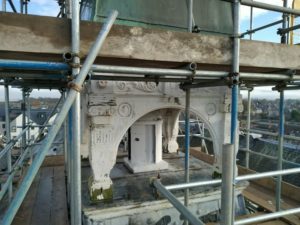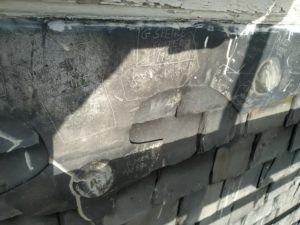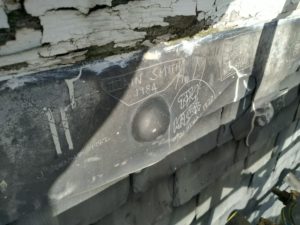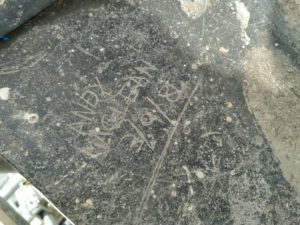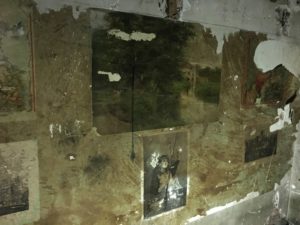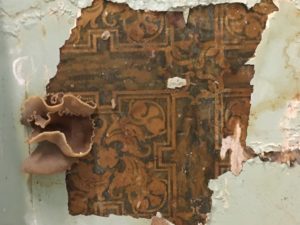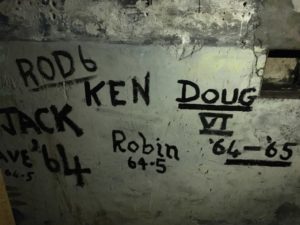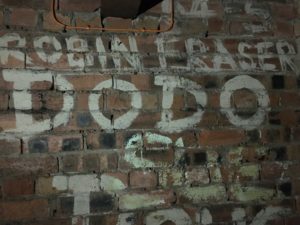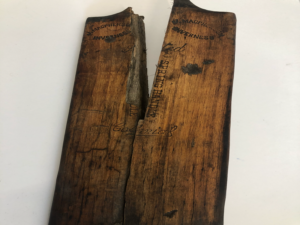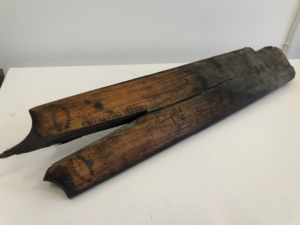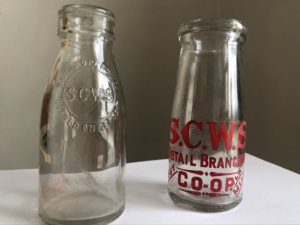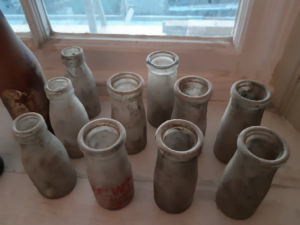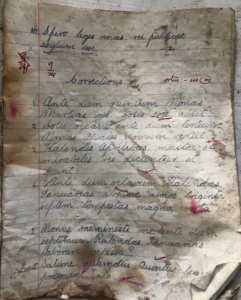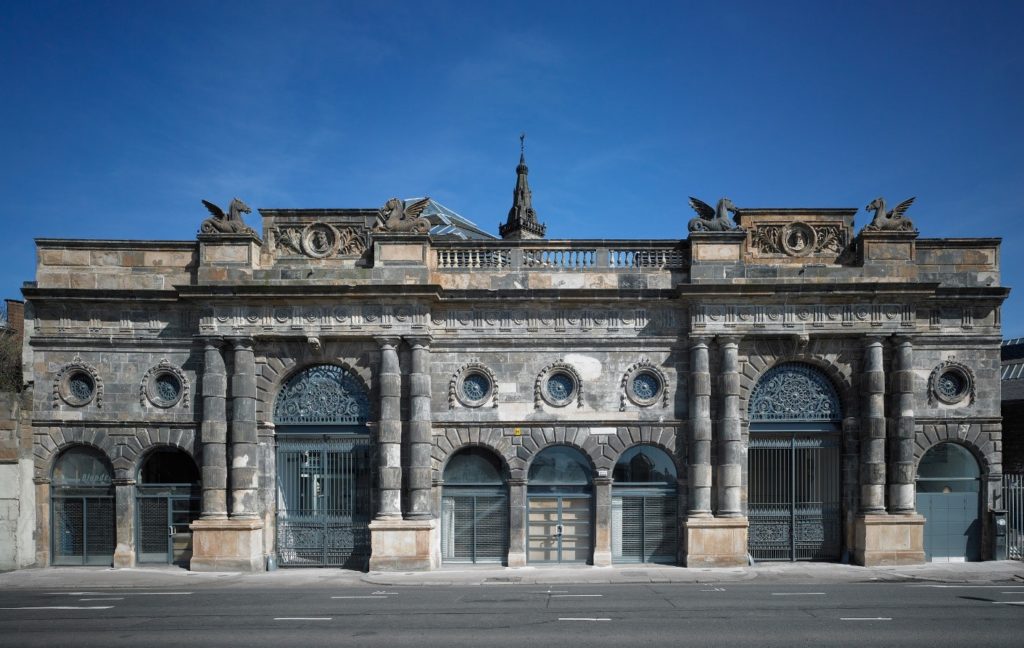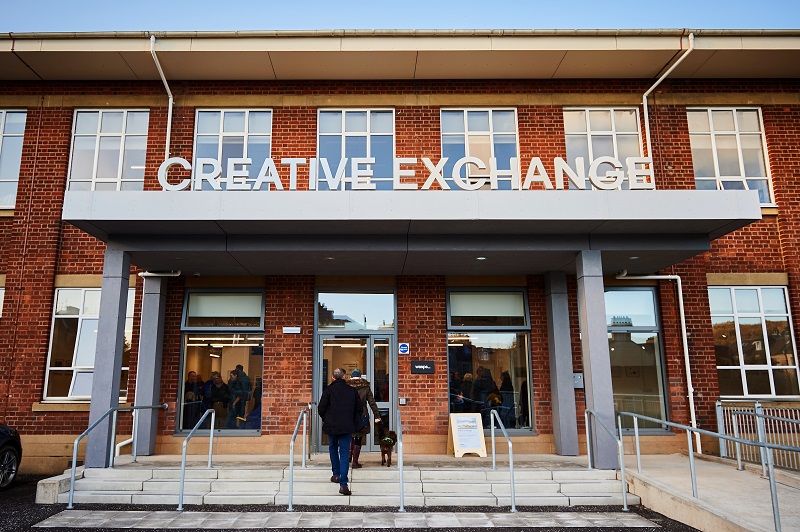Found Objects
Saving to help the war effort
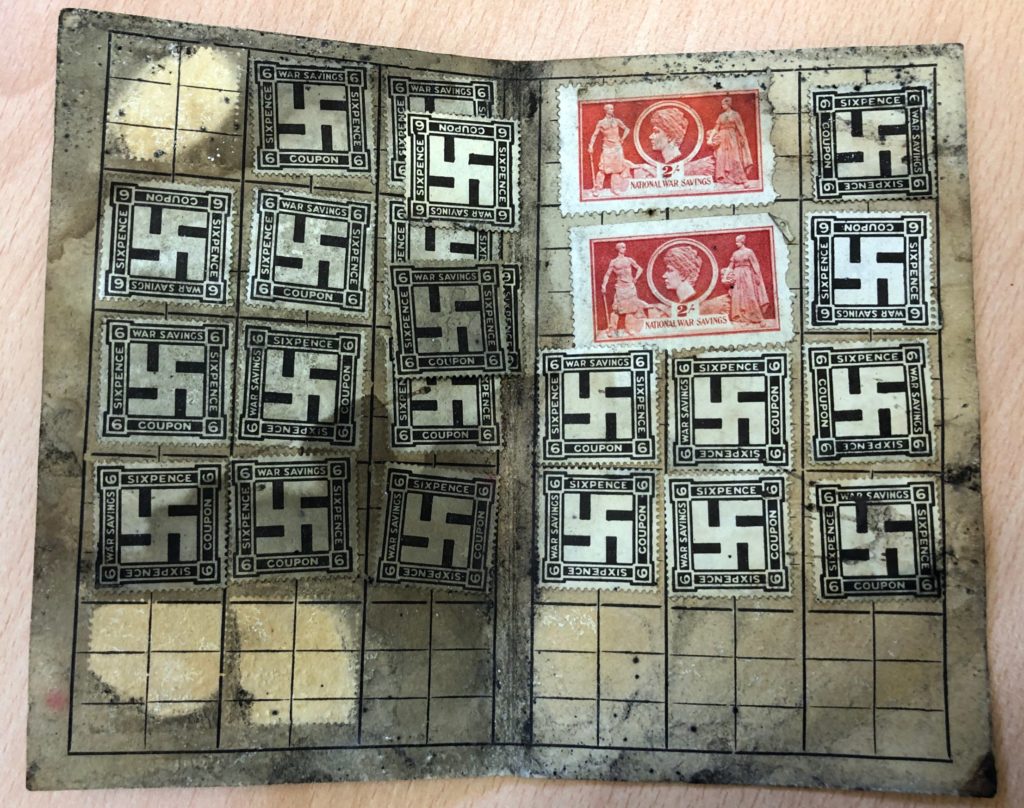
Our renovation of the former Inverness Royal Academy building at Midmills continues to reveal interesting glimpses into its past. This week we want to share a National War Savings Association card with stamps which was recently found behind a skirting board.
In Britain, the National Savings Movement operated between 1916 and 1978 and was used to finance the deficit of government spending over tax revenues. The movement was instrumental in raising funds to support the war effort, and in peacetime it provided an easy and safe way for ordinary people to save small sums of money.
The British National War Savings Committee issued war bonds at 15 shillings & six pence (15/6) for each bond. Advertising slogans stated that for 15/6 124 cartridges could be bought for a soldier at the front.
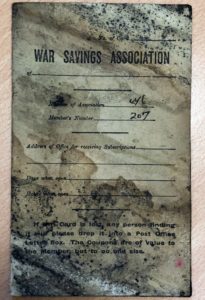
The value of the bond would increase annually so that after 5 years it would be worth a sovereign (£1). 15 shillings & six pence was a large sum of money for many families so six pence savings stamps were issued which could be purchased weekly or whenever they could be afforded. After 31 stamps had been bought, the bond or certificate was issued.
You will see from the six pence savings stamps that during the First World War one of the early symbols of the movement was the Swastika – at this time it was a symbol of auspiciousness and good luck. The Swastika was abandoned before the start of the Second World War once it was adopted by Nazi Germany.
This card is stamped as belonging to Inverness Royal Academy, it has the membership number 207 and the six pence stamps date it to the 1916 -1918 period. Just legible on the front cover it states “If this Card is lost any person finding it will please drop it into a Post Office Letter Box. The Coupons are of value to the Member, but to no one else.”
However, we did not pop it in a post box instead we have passed it onto Jeanette Pearson, the Conservation Officer at Inverness Museum & Art Gallery. After 100 years languishing under the floorboards, the savings card is in bad condition with a lot of mould damage. Jeanette is going to stabilise its condition and help conserve it for the future. These early savings cards are very rare because they would have been cashed in and destroyed, so we are delighted to have found this important piece of the building’s history. Although imagine being the person who lost it all those years ago!
Leaving their mark
The scaffold assembled to help our contractor access the old bell tower – situated at the highest point of the building – enabled us to get brilliant pictures of the view and the ‘dragon’ weathervane. There is also evidence of a tradition dating back to the war, where every workman visiting the bell-tower has engraved their name on the lead flashing.
As the interior is stripped out we are discovering original paintwork, wallpaper, building features and old paste-up photographs as well as more evidence of past pupils with graffiti in the basement.
Under the floorboards
- Cricket Bat
- Cricket Bat
- Milk Bottles
- Milk Bottles
- Latin Homework
